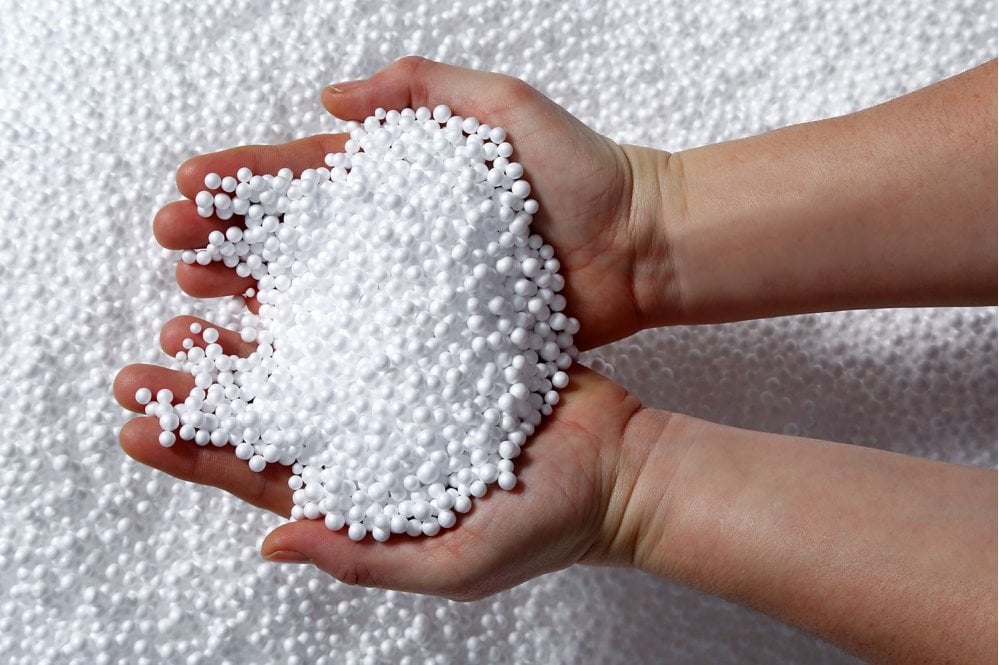What's CFC-Free Polyfoam?
CFC-free polyfoam is a type of foam made without chlorofluorocarbons (CFCs).
CFC-Free Polyfoam
- Alternatives: To address the ozone depletion issue, manufacturers switched to alternative blowing agents that are less harmful to the environment. These include substances like hydrocarbons and carbon dioxide.
-
Uses: CFC-free polyfoam has the same properties as traditional polyfoam and is used extensively in:
- Packaging: Protecting fragile items during shipping.
- Insulation: In buildings, appliances, coolers, etc.
- Food Containers: Cups, plates, takeout boxes, though this use is being phased out in some areas due to environmental concerns.
Traditional Polyfoam (like Styrofoam)
- CFCs: Older types of polyfoam were manufactured using CFCs as blowing agents. These helped create the foam's structure.
- Ozone Damage: CFCs were discovered to be extremely harmful to the Earth's ozone layer, which protects us from ultraviolet radiation.
Environmental Considerations for Bean Bag Fillers
Using CFC-free polyfoam is a step in the right direction as it avoids depleting the ozone layer. However, it’s essential to recognize that polyfoam still presents significant environmental challenges:
- Non-Biodegradability: Polyfoam is not biodegradable and can persist in the environment for centuries, accumulating in landfills without breaking down.
- Recycling Challenges: Although it's technically recyclable, the facilities and processes for recycling polyfoam are not widely available, limiting its reuse.
- Pollution Risks: Over time, polyfoam can crumble into microplastics, which are notorious for polluting waterways and posing threats to wildlife and aquatic ecosystems.
Exploring Sustainable Alternatives
In response to these issues, research and innovation have led to the development of more environmentally friendly alternatives:
- Biodegradable Foams: Innovations in bio-based materials have introduced foams made from renewable resources like cornstarch or mycelium (mushroom roots). These materials can biodegrade in a relatively short time when composted properly.
- Recycled Materials: Utilizing recycled paper or cardboard to create foam offers a use for waste materials and reduces the need for new resources, contributing to a circular economy.
Additional Sustainable Options
- Natural Organic Fibers: Consider fillers like organic kapok or natural latex, which are renewable and biodegradable. These materials offer an eco-friendly cushioning that can be more sustainable than synthetic options.
- Customizable Refill Options: Encouraging customers to refill their existing bean bags instead of buying new ones can significantly extend the product's life and reduce waste. Providing easy access to sustainable refills can enhance this initiative.
The Future of Eco-Friendly Bean Bags
Shifting to eco-friendly materials is key, but can they match the comfort of traditional bean bags? Innovations in sustainable materials are promising, but will a bean bag filled with biodegradable foam or recycled materials still offer that sink-in feeling? Looking forward.

